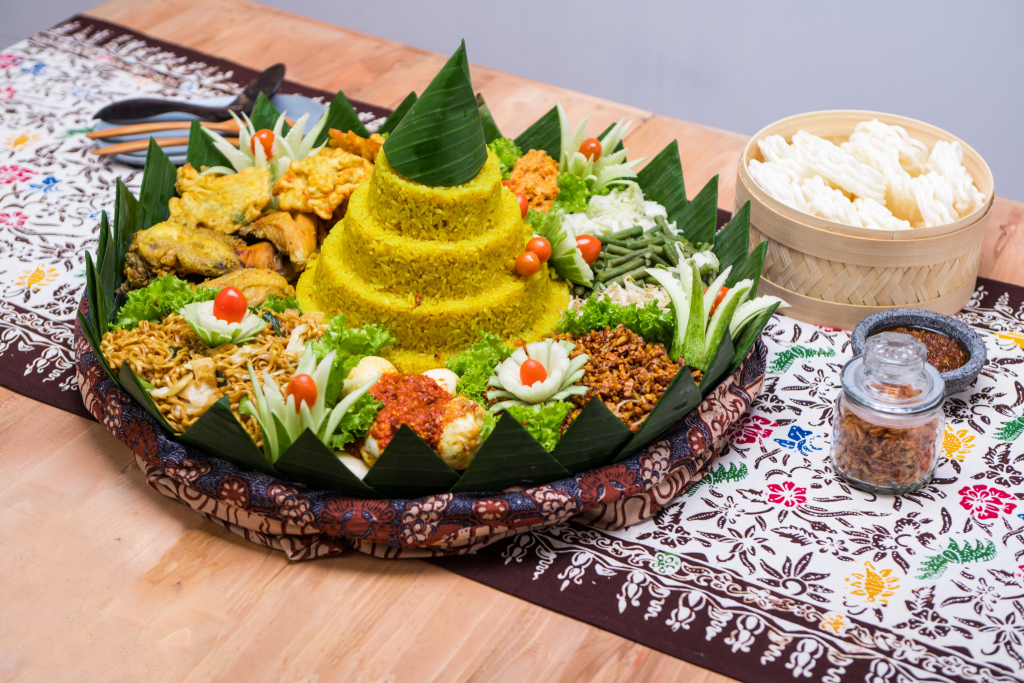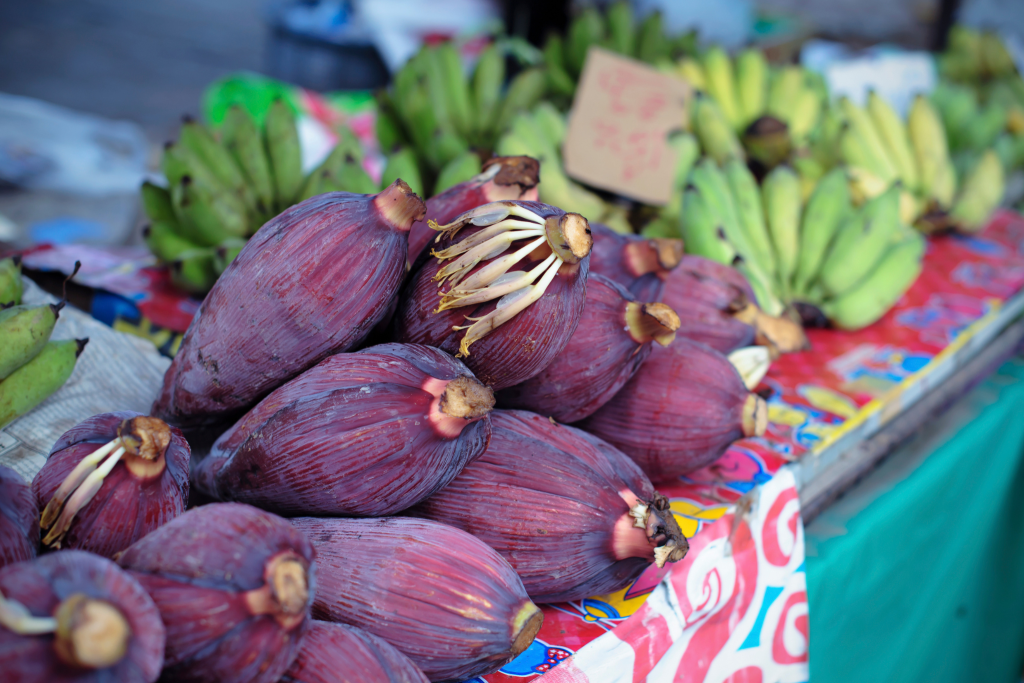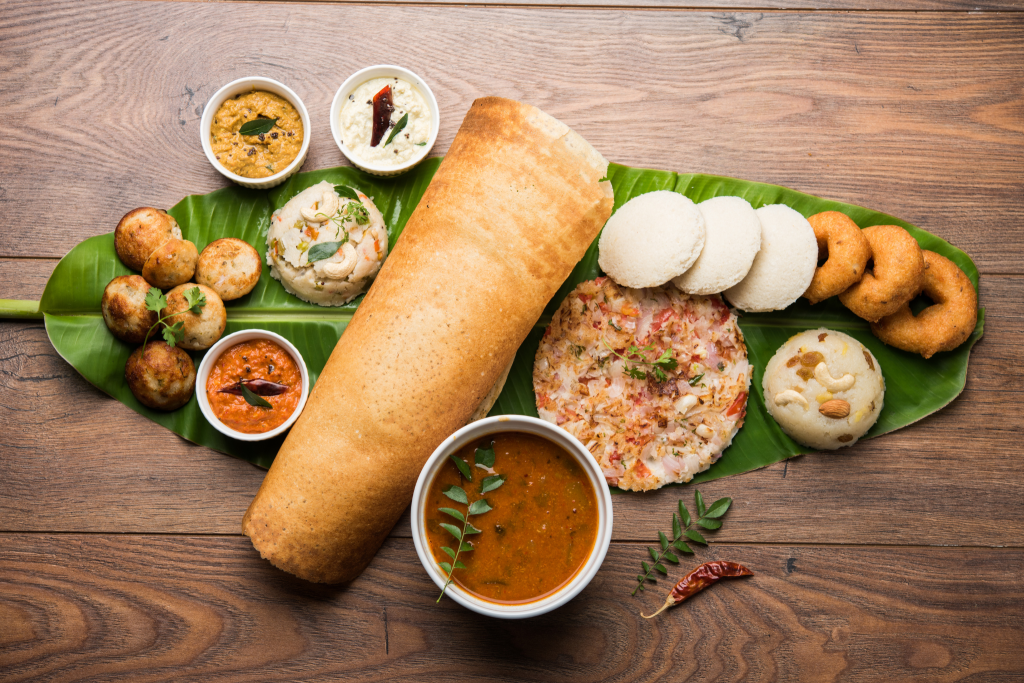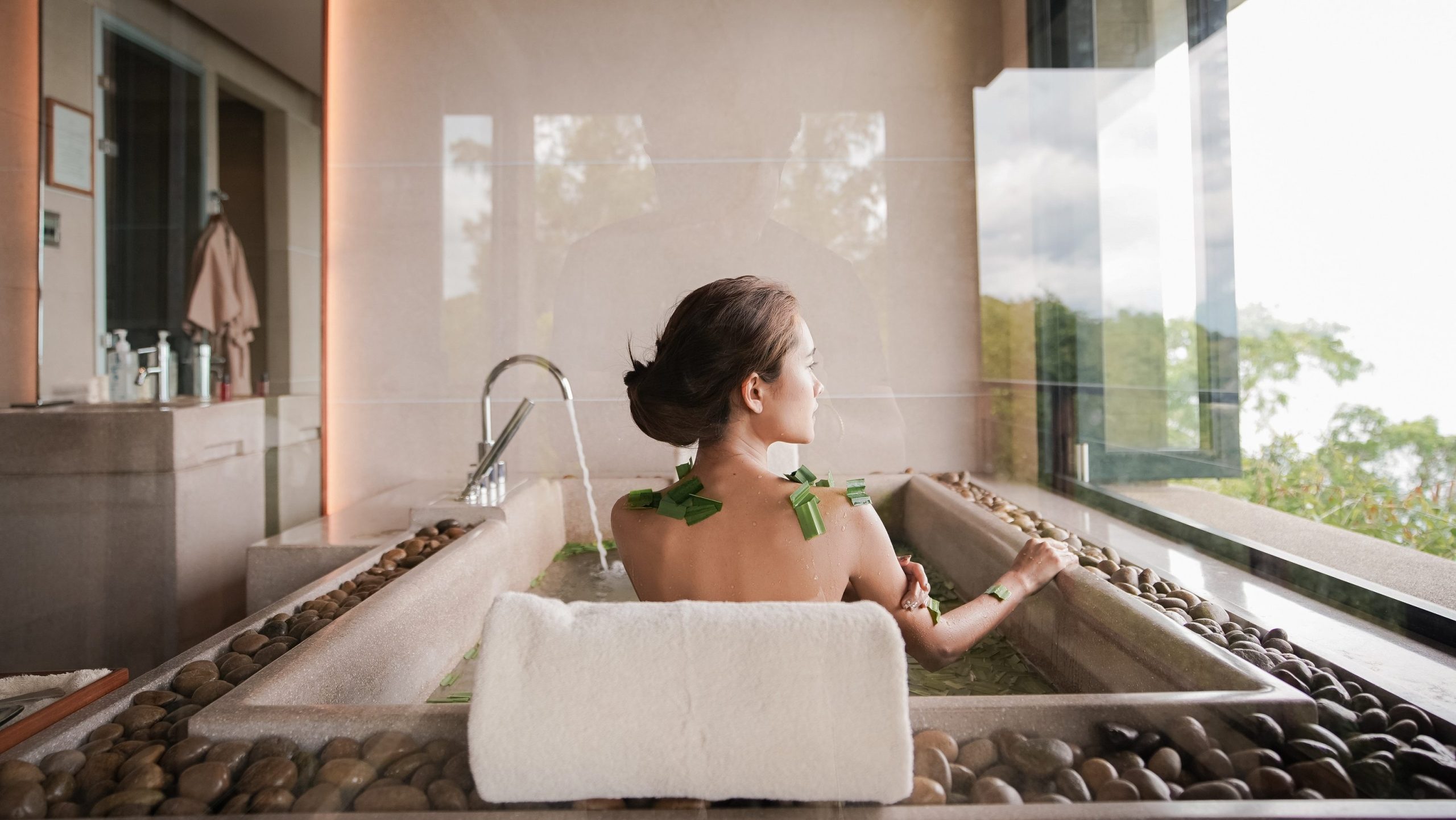From Leaf to Stem: Unleashing the Full Potential
of Bananas for Zero Waste Living
World Environment Month serves as a global reminder to foster sustainable practices that will help preserve our planet for future generations. As we explore ways to minimize waste and embrace a more environmentally conscious lifestyle, it is fascinating to delve into the resourcefulness of Asian cultures. In this week’s newsletter we will explore how Asian communities have ingeniously utilized every part of the banana plant – from its leaves and flowers to its fruit and stems – as containers, plates, as well as food. Join us on this journey across various Asian countries to witness the incredible ways in which they incorporate the banana into their everyday lives, leaving almost no waste behind.

Indonesia
Indonesia, a country known for its rich cultural heritage and diverse cuisine, showcases a remarkable utilization of all parts of the banana tree in traditional ways. Indonesian communities have ingeniously integrated the various components of the banana tree into their daily lives, minimizing waste and maximizing resourcefulness.
Starting with banana leaves, Indonesians use them as natural food wrappers for dishes like ‘lemper’ (glutinous rice rolls) and ‘pepes’ (steamed or grilled savory snacks). The leaves not only enhance the flavors of the food but also serve as an eco-friendly alternative to the more ubiquitous and damaging man-made packaging. Additionally, banana leaves are utilized in traditional ceremonies, such as the ‘tumpeng’ ritual, where a cone-shaped mound of rice is adorned with various dishes and served on a large banana leaf. This practice not only pays homage to Indonesian culture but also eliminates the need for single-use plates or plastic wraps.

Moving on to the banana fruit itself, Indonesians enjoy bananas in various forms, from consuming them fresh to incorporating them into traditional snacks and desserts. ‘Pisang goreng’ (fried banana) is a beloved street food delicacy where ripe bananas are coated in batter and deep-fried, resulting in a crispy, sweet treat. Moreover, bananas are an essential ingredient in Indonesian desserts like ‘kolak’ and ‘pengat’ where they are stewed in coconut milk and palm sugar, creating a rich, luscious and comforting dessert.

Thailand – Laos
In Thailand and Laos, the use of the banana tree is deeply ingrained in the culinary and cultural traditions of the country.
In Thailand, as in Indonesia, banana leaves are extensively used as natural eco-friendly food wrappers. Traditional dishes like ‘hor mok’ (steamed fish curry) and ‘khanon sod sai’ (steamed coconut custard with sweet filling) are steamed wrapped in banana leaves, infusing the food with a delightful aroma and flavor. You will also see banana leaves, and stems, used in religious ceremonies and festivals in Thailand and across Southeast Asia. The banana leaves are intricately folded into decorative shapes and used as offerings, and slices of banana tree stems are decorated and used as floats in festivals such as November’s Loy Krathong.

Similarly in Laos the culture here has long embraced the zero-waste concept through the utilization of all parts of the banana tree. In traditional Lao cuisine, banana leaves are employed as plates and food wrappers, and the leaves are used to steam dishes like ‘mok pa’ (steamed fish) and ‘khao tom’ (coconut sticky rice with banana wrapped in leaves). The banana flower, known as ‘mak pee’, is also a common ingredient in Lao cuisine and is used to create salads, soups, and stir-fried dishes, adding a unique flavor and texture to the culinary creations. By incorporating every part of the banana tree into their daily lives, both Thailand and Laos demonstrate how traditional practices can support a commitment to sustainable living and a zero-waste lifestyle.

In both Thai and Lao cultures, the banana tree plays an important role during traditional blessing ceremonies such as the ‘Bai Sri’ or ‘Baci’ ceremony. ‘Bai Sri’ is a ritual that involves tying white cotton threads around a person’s wrist to bestow and symbolize good luck, protection, and blessings. The banana tree and stems play a vital role in this ceremony. During the ceremony, banana leaves are used as a decorative element. The leaves are carefully crafted into intricate shapes or folded into small boats, symbolizing blessings and good wishes for the individual or group participating in the ceremony. These banana leaf decorations are placed on the ceremonial altar or used as offerings to deities, ancestors, or revered spirits.

India
India is a country rich in cultural diversity and culinary heritage, and here each part of the banana tree holds significance and finds purpose in various aspects of Indian life.
Banana leaves play a crucial role in Indian cuisine and cultural traditions. They are used as plates and serving surfaces for meals, eliminating the need for disposable tableware, and reducing waste. Banana leaves are also used for steaming dishes like ‘idlis’ (steamed rice cakes) and ‘modaks’ (sweet dumplings), imparting a distinct aroma and flavor. And again, in religious ceremonies and festivals, banana leaves are used as a base for making leaf bowls or ‘dona’ to offer food or sweets, a traditional practice that is today a sustainable and eco-friendly practice.
The banana fruit itself finds extensive use in Indian culinary traditions. Ripe bananas are consumed as a delicious and nutritious fruit, while raw or slightly green bananas are used in various savory dishes. Raw bananas are used to make dishes like raw banana curry, banana chips, and raw banana cutlets, showcasing the versatility of this fruit. And even the banana peels are repurposed in Indian households. They are used as natural cleaning agents, for polishing leather items, and as compost for gardens, promoting a circular economy and reducing waste.

Vietnam
Banana leaves find extensive use in Vietnamese cuisine. They are used as natural food wrappers for dishes like ‘banh chung’ (sticky rice cakes), where the leaves impart a distinct fragrance to the food. As with most of Southeast Asia banana leaves are used as serving plates and food wrappers. Here again, in festivals and celebrations, banana leaves are intricately folded into decorative shapes, serving as beautiful offerings or decorations.
Vietnamese cuisine also incorporates much of the banana tree. Ripe bananas are a key ingredient in Vietnamese snacks like ‘chuoi nep nuong’ (grilled sticky rice with banana) and ‘che chuoi’ (banana and coconut milk dessert). Banana flowers feature in salads and stir-fried dishes where they add their unique texture and flavor to each dish. And the banana stems are used in dishes such as the delicious ‘canh chuoi’ or banana stem soup, demonstrating the Vietnamese people’s renowned resourcefulness in the way they use every part of the banana tree.
Secret Retreats offers off the shelf and tailor-made tour packages, hot deals and even multi country tours in Asia to suit every travel style, preference, budget and destination for once in a lifetime Asian holidays.
We’ll go ahead and say it; these are the best holidays in Asia… are you ready to discover them for yourself?

Special Promotion
Paresa Resort Phuket’s Wellness Stay Package
Experience the ultimate wellness retreat at Paresa Resort, where our four-day, three-night -Ocean Pool Suite program will transport you to a world of relaxation and rejuvenation. Begin each morning with invigorating yoga classes, awakening your body and mind with gentle stretches and focused breathing exercises. Indulge in a luxurious red wine milky foam bath, where you’ll soak away your cares while enjoying the antioxidant benefits of red wine. Expand your culinary horizons with a healthy option cooking class, where you’ll learn to create delicious and nutritious meals. Drift into pure bliss with a hot stone massage, as skilled therapists use heated stones to melt away tension and promote deep relaxation. Finally, pamper your body with an antioxidant green tea body wrap, nourishing your skin and revitalizing your senses. Let Paresa Resort be your sanctuary as you embark on this transformative journey of wellness, leaving you refreshed, rejuvenated, and ready to embrace a healthier lifestyle.
Selling & Staying period: 01 Jun – 31 Aug 2023
Price: THB 93,000 for 2 persons (sharing 1 room)
THB 72,900 for 1 person
Reservation Detail: E-mail: dream@secret-retreats.com

